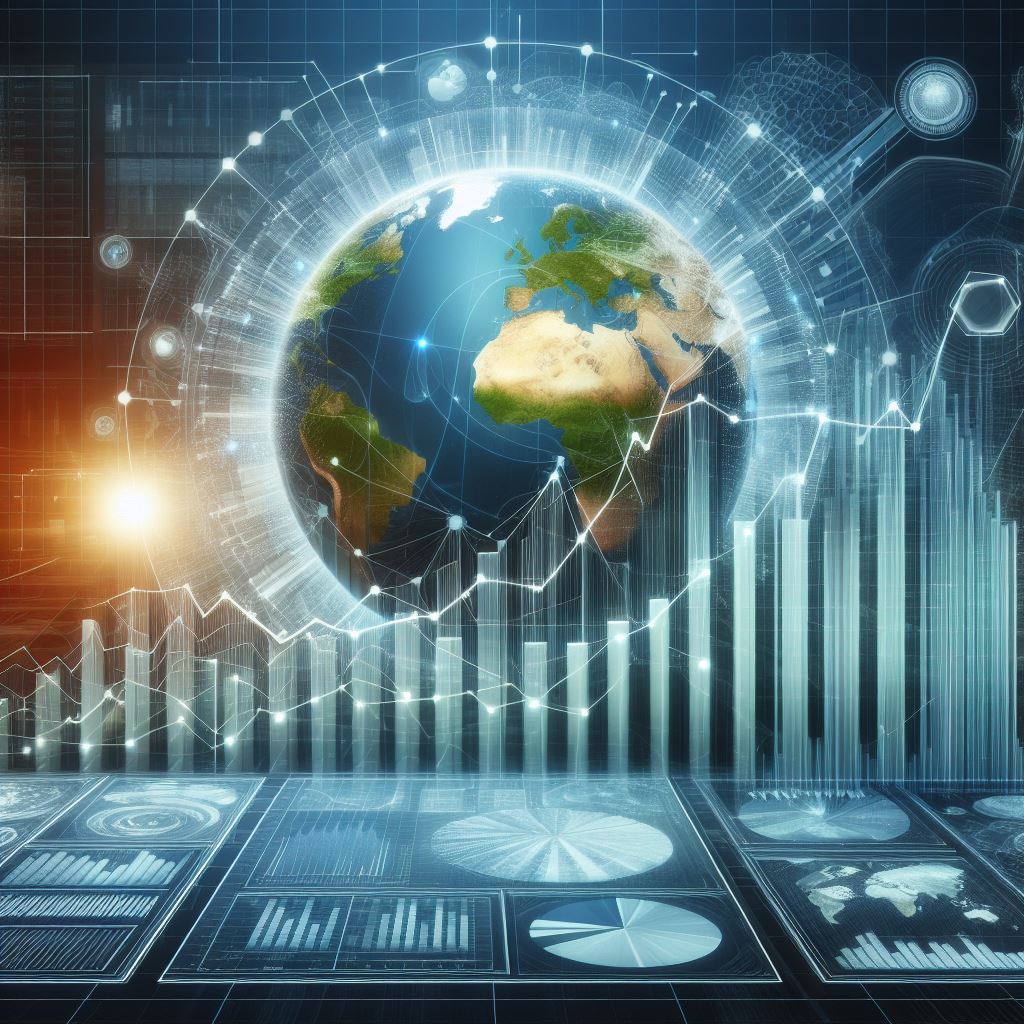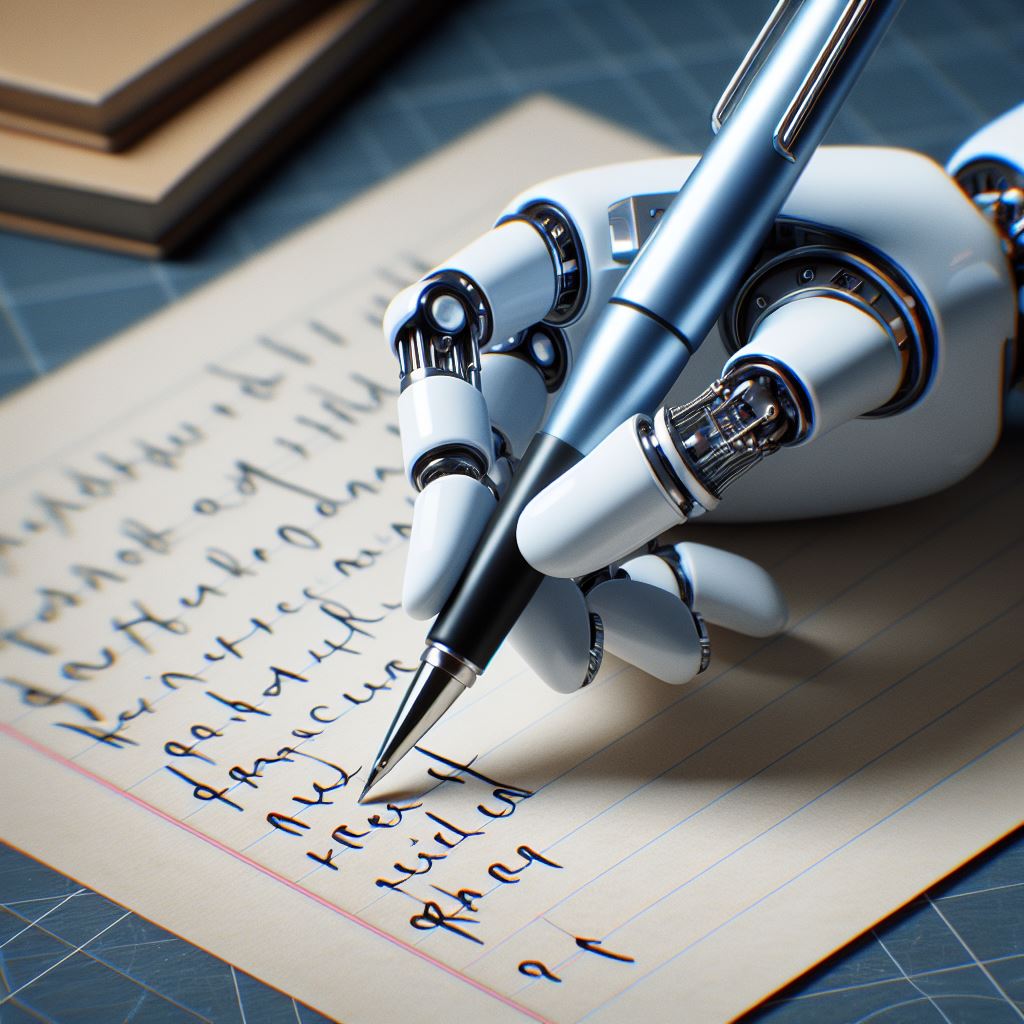
Is Natural Language Processing relevant?
Introduction:In today's world, data has become the new oil – a valuable resource that drives innovation and growth. However, raw data in its native form can be challenging to process and extract meaningful insights from.
One technology that has emerged as a game-changer in this regard is Natural Language Processing (NLP).
NLP enables machines to understand human languages, enabling them to analyze, interpret, generate, and make sense of vast amounts of unstructured text data.

In this article, we will explore what NLP is, how it works, and some real-world applications of this exciting technology.
What is Natural Language Processing?
At its core, NLP is a field of artificial intelligence (AI) that focuses on enabling computers to comprehend and interact with human language.
It involves developing algorithms and models that can recognize speech, translate languages, summarize texts, answer questions, and even detect sentiment or emotion in written or spoken words.
By combining computational linguistics, machine learning, and statistical analysis, NLP helps bridge the gap between human communication and computer understanding.
How does Natural Language Processing work?
The NLP pipeline typically consists of several stages, including tokenization, part-of-speech tagging, parsing, named entity recognition, semantic role labeling, and sentiment analysis.

Each stage plays a crucial role in converting unstructured text into structured data that can be analyzed and interpreted by machines. Here are some key steps involved in the NLP process:
- Tokenization: The first step in NLP is breaking down sentences into individual tokens, such as words or phrases. These tokens serve as building blocks for further analysis.
- Part-of-Speech Tagging: Once tokens have been identified, they must be classified according to their grammatical function, such as noun, verb, adjective, or adverb.
- Parsing: After assigning parts of speech, the next step is to determine the syntactic structure of each sentence, identifying subjects, objects, and other relationships between tokens.
- Named Entity Recognition: At this stage, entities like people, places, organizations, dates, and quantities are extracted and categorized based on context.
- Semantic Role Labeling: To fully understand meaning, NLP systems need to identify the roles played by different entities within a sentence, such as agents, patients, instruments, and locations.
- Sentiment Analysis: Finally, analyzing tone and emotional impact allows NLP systems to gauge overall sentiment, which can be useful in gauging public opinion or customer feedback.
Real-World Applications of Natural Language Processing:NLP has numerous practical applications across various industries, making it an essential tool for businesses seeking to unlock value from unstructured data. Some common use cases include:
- Chatbots and Virtual Assistants: Voice assistants like Siri, Alexa, and Google Assistant rely heavily on NLP to understand user commands and provide relevant responses.
- Text Analytics: Analyzing social media posts, reviews, and surveys using NLP can help companies gain insights into consumer preferences, opinions, and pain points.
- Machine Translation: Real-time translation services like Google Translate leverage NLP to convert text or speech from one language to another seamlessly.
- Speech Recognition: Automated transcription tools like Otter.ai utilize NLP to transcribe audio recordings accurately, saving time and reducing manual effort.
- Content Generation: AI writing assistants like Grammarly and Copy.ai harness NLP to suggest improvements, generate content ideas, and automate tedious tasks.

Conclusion:As more data becomes available than ever before, NLP offers unprecedented opportunities for businesses to tap into unstructured text data and derive actionable insights.
From chatbots and virtual assistants to text analytics and machine translation, NLP powers countless innovations transforming our daily lives. As the technology continues to evolve, expect to see even more sophisticated applications emerge, opening up new possibilities for individuals and organizations alike.






Comments